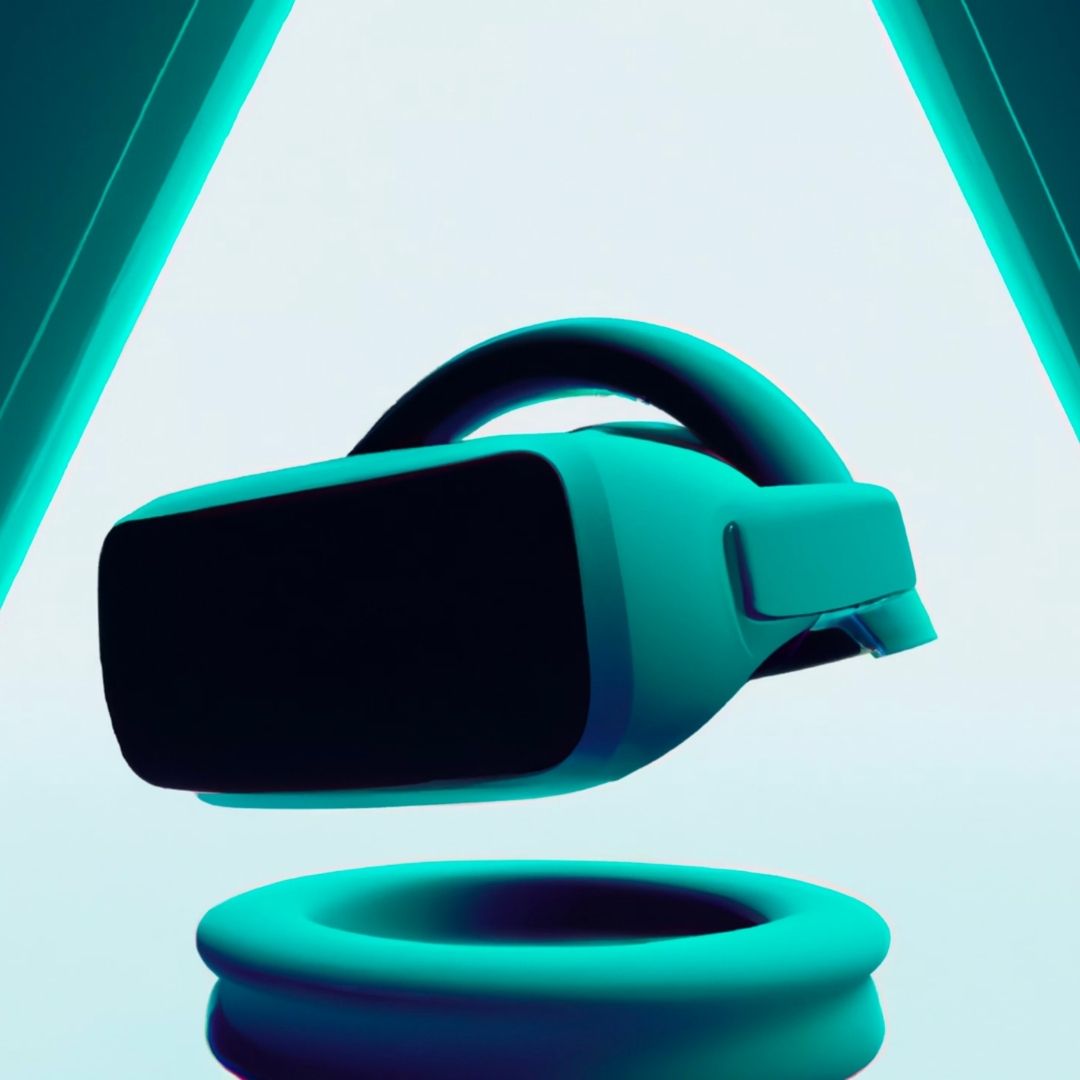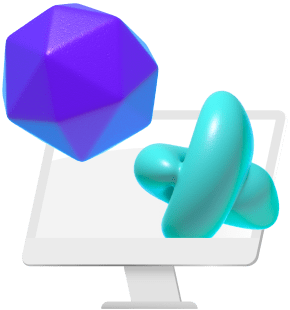Interactive VR experiences in the Unreal engine need proper planning and implementation. By employing the tools and capabilities of Unreal Engine, developers can create dynamic environments that react to player input in real-time. Anything is possible, from designing interactive objects to creating dynamic environments.
This blog discusses the necessary statements for developing immersive and evolving VR aspects to help you achieve maximum benefit from Unreal Engine’s capacities. Learn how AR/VR advertisements are creative through such methods to enchant audiences.
Getting Started with VR in Unreal Engine
Venturing into virtual reality production with Unreal Engine is a breath of fresh air because new opportunities await. We will focus on creating a basic but essential groundwork for your VR project, from setting up the development environment to understanding how Unreal Engine provides unique abilities in virtual reality.

Setting Up Your Development Environment
Your VR development journey must start by establishing a reliable development environment. Ensure that your system satisfies the basic VR development requirements, such as being an efficient GPU and RAM sufficient to deal with Unreal Engine. A good structure is essential for developers aspiring to develop interactive virtual events on any device.
Understanding Unreal Engine’s VR Capabilities
The VR capabilities provided by Unreal Engine are way too formidable, giving rise to the possibility of creating immersive environments. Know its VR toolkit to use in full power for your projects as you customize previous multiplayer Unreal Engine experiences into enjoyable ones.
Basic Requirements for VR Development
It is important to smooth the development process to understand basic requirements. With appropriate VR headsets, motion controllers, and workspace that allow different movements, however, they can easily overcome common Unreal Engine problems and solutions by using such resolution. The selection of hardware can impact your capability to put and test interactive elements into practice accordingly.
Designing for Immersion and Interactivity
The construction of virtual reality so that one becomes a member would be both an aesthetic and scientific endeavor. With Unreal Engine’s advanced features, games can become very realistic and immersive so that users not only get overawed by their appearance but actually invest themselves in them.

Principles of Immersive VR Design
Effective VR design is fundamentally based on immersive principles that range from complete and absolute to partial. Emphasize inducing a sense of ‘presence’ and involvement with the help of Unreal Engine’s advanced features in rendering, physics, etc. Each of these principles is critical to the success of an immersive VR project. These are crafting environments that adapt to user interaction in real-time, using realistic lighting and shadows, and ensuring the audio is spatially correct; these are a few ways to get a chance for an increased sense of presence inside virtual space.
Enhancing Interactivity in VR Environments
We can integrate dynamic physics-based interactions and object manipulation to create a simulated environment using the additional tools for interactive elements developed in Unreal Engine. Such could include anything ranging from picking up and manipulating objects to elaborate puzzles in which the users can find a solution, even within the VR space. The aim is to steer the users towards engagement with their surroundings, thus creating a memorable and captivating experience.
Utilizing Unreal Engine’s Tools for Interactive Elements
Unreal Engine presents many tools that make it easier for you to add interactivity to VR projects. Use these tools to develop in VR interesting and constantly develop the boundaries of Virtual reality. Utilizing technologies like the Blueprint visual scripting system enables users to add interactivity elements within short periods without lengthy coding. Moreover, Unreal’s powerful physics engine effectively lets the virtual world emulate ecological effects and object behaviors, diving users into VR.
Optimizing Performance for VR
But for virtual reality experiences to be something else, they’d have to run smoothly without any lag or disruptions of what people see. Optimizing performance isn’t just having the same experience run on a low-end device. Still, it means every user enjoys high interactivity with beautiful imagery. Thus, following optimal practices for VR performance improvements allows developers to increase the user’s interaction with and immersion in a virtual world.
Best Practices for VR Performance Optimization in Unreal Engine
Optimizing performance is essential for an uninterrupted VR experience. Use best VR performance optimization practices in Unreal Engine, like assets utilized efficiently and scene optimization, to guarantee your experiences run distinctly for each device. Methods, such as occlusion culling that drains rendering the objects not visible to the camera nowadays and textures mipmaps featuring lower-resolution texts when faraway objects are concerned, make it possible to keep high frames per second.
Balancing Visual Fidelity and Performance
Striking a compromise between visual accuracy and performance is necessary. Use techniques like LOD manipulations and texture optimization to retain high performance while minimizing the loss of critical graphical standards for the quality VR calls for. Dynamic lighting usually adds high computational cost; thus, using baked lighting for static objects reduces CPU load and improves graphics and performance.

Setting Up Automatic LOD Generation - Unreal Engine Official Documents
Profiling and Debugging VR Applications
Utilize the profiling and debugging tools in Unreal Engine to pinpoint performance bottlenecks and find solutions for them. With the help of the Unreal Engine Profiler tool, developers receive detailed visualizations of where resources are spent so they can focus their target optimizations. Equally, debugging tools like the Frame Debugger can also help track specific frames or events that trigger performance slumps, thus making the development process smoother.
Conclusion
Let’s explore the unlimited artistic opportunities of VR through Unreal Engine. Suppose you can put the above tips into practice. In that case, you can make captivating VR experiences that create both immersive and interactivity. Check out Vagon Streams for improved development workflow in your Unreal Engine VR projects taking VR experience to new levels.
When ready, step into your VR development journey with Unreal Engine. Use Vagon Streams for efficient workflow processing in your projects. Try it today and dare to experiment with virtual reality, go to extremes of leaving virtual reality only behind, and enjoy the immersive and revolutionary ones.




